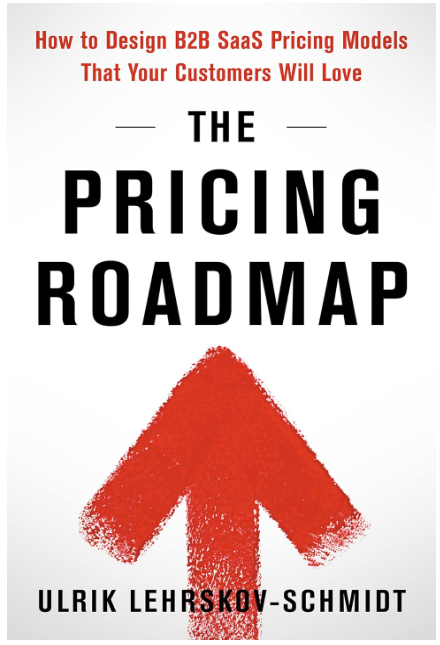Willingness-to-pay in B2C versus B2B
 PriceBeam
·
2 minute read
PriceBeam
·
2 minute read

Can I use willingness-to-pay research in a business-to-business (B2B) environment, or does it only work for consumer-based (B2C) businesses? This is one of the questions we hear very often at PriceBeam. The short answer is "Yes, WtP research most certainly can also be used in B2B." The slightly longer answer is below.
Willingness-to-pay market research builds on asking a set of respondents about what they are willing to pay for a product or service, using different techniques. Famous methods include van Westendorp or choice-based conjoint analysis, as well as other methods for assessing directly or indirectly what people are willing to pay. As such, a method like conjoint analysis does work well in both B2B and B2C, allowing the research to identify part values and drivers of willingness to pay.
Where willingness-to-pay research falls short is more a function of the product/service in question rather than the industry as such. All market research works better when there is a significant "population" or group of people to ask the questions. Similarly, the research needs to be able to describe the proposed product to the respondent. In some B2B industries there are indeed problems with WtP market research because there are only few available potential respondents: if only 50 people world-wide would buy a product, then it is impossible to achieve statistical significance. Or if the product is so complex that it cannot properly be described in a 10 minute market survey, then it is also difficult to do market research. But this situation is not B2B-specific. Certain consumer industries also have small audiences (e.g. high-end luxury goods, certain automotive products, geographically-restricted services etc) or complex configurations (e.g. mobile phones subscription plans these days) that make market research difficult.
Conducting willingness-to-pay research in B2B follows many of the same steps as in consumer goods. It is about finding a target audience and asking the right questions. That is perfectly possible across a range of B2B industries, to mention just a few: electronics, many component industries, legal services, repair services, medical and life sciences etc. In reality most industries will have a sufficiently large audience to ask. And when it comes to asking questions, while some consider business buyers rational, they also look at both factual and emotional values when determining what they are willing to pay. In the 70ies and 80ies, there was a saying that nobody was ever fired for buying IBM. Regardless of technical features, that is an emotional value, and that still takes place across many industries and companies today, that yes, B2B buyers will look at cost-improvement or revenue-improvement when placing a price on a B2B product, but they will also buy because of perceived value of the supplier's brand or other emotional factors. If there is one difference in B2B and B2C pricing research it is that B2B should always be anonymous to avoid bias in answers, if possible, whereas some consumer-based pricing research might be anonymous whereas in other situations brand plays such an important factor, that it should be known to the respondent.
At PriceBeam we do willingness-to-pay research for both B2C and B2B customers. Get in touch to hear how we can help you in your pricing endeavors.
.png?width=400&height=100&name=PBLogoTransparent%20(1).png)




